The vast expanses of water in the Earth’s oceans are key to the success of all life. Whether we realise it or not, we all rely on them.
But if the ocean isn’t healthy, we can’t thrive.
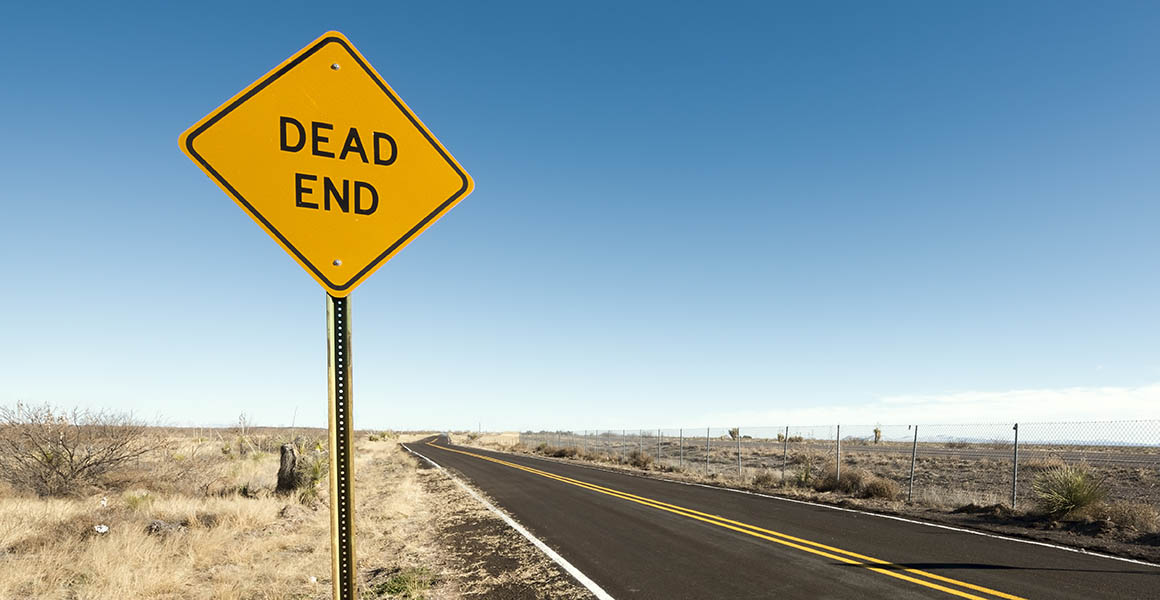
Earth’s ocean could look radically different in 50 years’ time. © kojihirano/ Shutterstock
The vast expanses of water in the Earth’s oceans are key to the success of all life. Whether we realise it or not, we all rely on them.
But if the ocean isn’t healthy, we can’t thrive.
The ocean has taken a pummelling and we’ve not been treating it well. It’s facing three huge threats – overfishing, pollution and climate change. Most of these are caused by human mismanagement. Nature is stretching to breaking point. If we don’t stop, the ocean could be drastically changed within our lifetimes.
What will the ocean look like in 50 years if we don’t change our ways? We asked the experts.
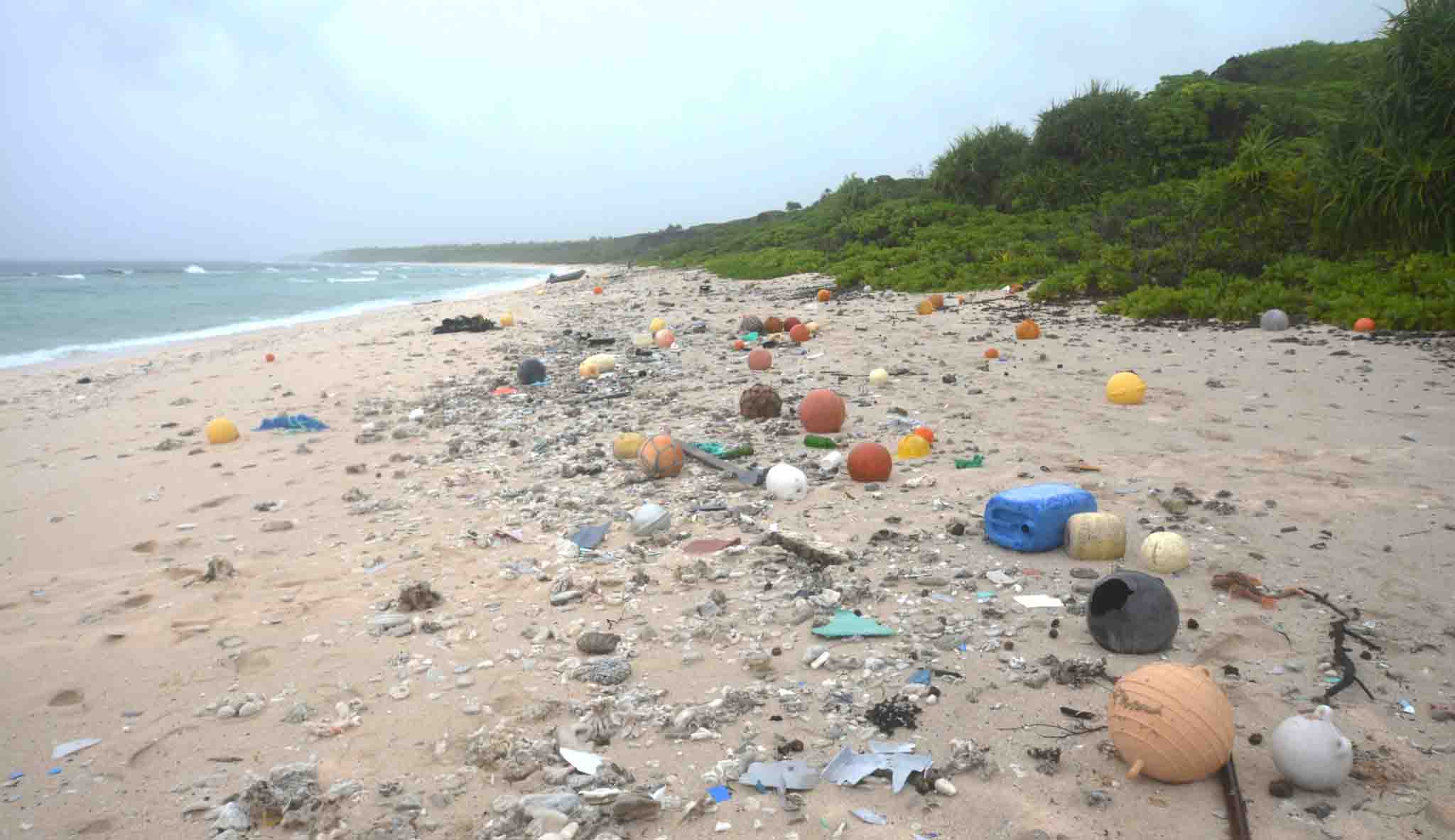
The uninhabited Henderson Island in the south Pacific Ocean is a plastic pollution hotspot. A 2017 paper co-authored by our bird expert Dr Alex Bond found that an estimated 38 million pieces of plastic had washed up on its beaches.
Rivers of pollution flow into the ocean every day, with little sign of slowing down. Marine animals and birds now regularly eat plastic, and so do we, mostly in the form of microplastics. It’s estimated that by 2050 there could be more plastic in the sea than fish.
As the plastic piles up, fish disappear. Since industrialised fishing began in the mid-twentieth century, the oceans have been transformed. Today’s seas contain only 10% of the marlin, tuna, sharks and other large predators that were found in the 1950s. To stop this slaughter, conservationists are calling for a third of the world’s oceans to be protected from fishing.
Our Principle curator Miranda Lowe CBE, who’s an expert in crustacea and cnidaria, explains, “When we kill large predators, like marlin and sharks, it disrupts the oceans, with consequences that can affect us all.”
“Overfishing puts the whole ocean ecosystem out of balance. But some animals, like penguins and turtles, can adapt and snack on jellyfish when other food runs low.”
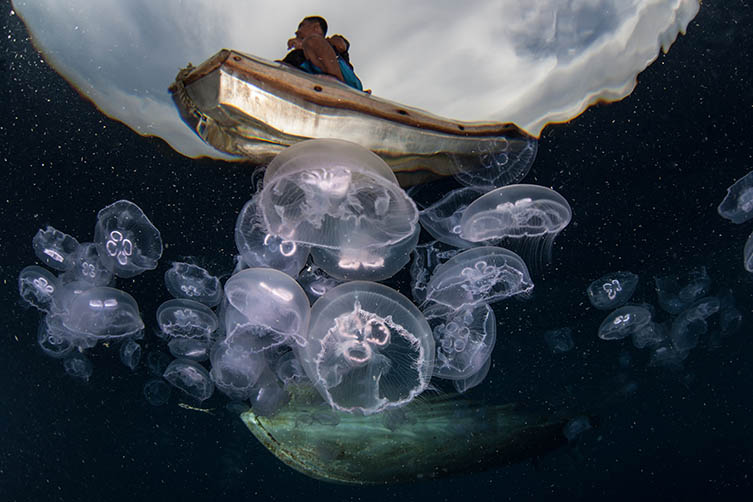
Jellyfish seem to be resilient in the face of climate change – meaning they could thrive in years to come. These are moon jellyfish, which are common in the UK. © Ethan Daniels/ Shutterstock
As our appetite for seafood grows and fish populations crash worldwide, scientists think that jellyfish might be the big winners. With fewer fish around, jellyfish have less competition for the plankton they feed on. They also thrive in warmer waters and seas polluted by fertilisers from farming. In the oceans of the future, jellyfish could be one of the few things left on the menu.
If we fished more sustainably, the picture would be much brighter. If we all ate seafood less regularly and we allowed stocks time to recover, fish populations would be able to keep up with human appetites.
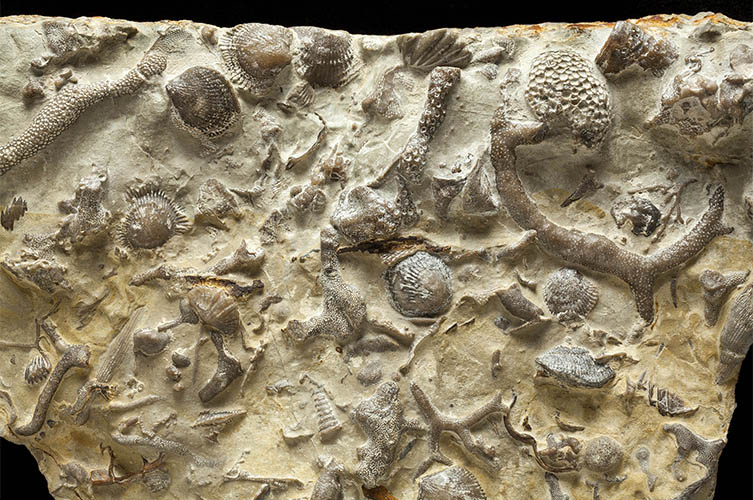
A fossilised section of sea floor dating back 430 million years. Scientists can use specimens like this in the collections we care for to examine how animals lived and died millions of years ago.
Even if we stopped all fishing and tackled plastic pollution, life underwater would still struggle to deal with climate change.
Earth’s oceans have been around for billions of years and they’ve gone through periods of warming and cooling before. Our scientists study these past periods of climate change so they can predict what will happen to ocean animals in the future.
Our palaeontologist Professor Richard Twitchett says, “We have a really good idea of what oceans look like when the climate warms. It has happened to Earth many times before, and here in the Museum we have collections of fossil animals and plants that date back millions of years, so we can see how they responded. The rocks and fossils show us that as temperature increased in the past, oxygen levels fell and huge areas of the seafloor became uninhabitable.”
“Warm water holds less oxygen, which is a big problem for marine animals. Anyone who owns a fish tank knows you need air bubbling through it because the fish inside will use up the oxygen.”
When the oxygen levels go down, dead zones will expand. These are areas of the ocean where the water quality is too poor to sustain life. Pollution will only add to the devastation unless we stop it.
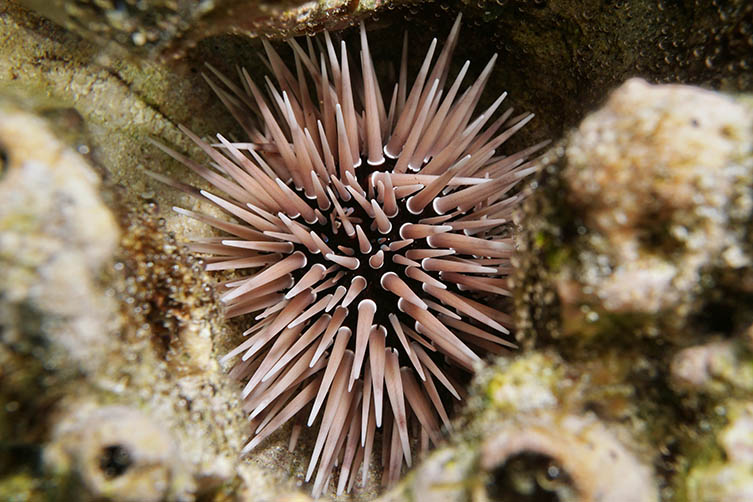
A burrowing urchin, Echinometra mathaei. If these and other burrowing animals get smaller in response to climate change, it could have an impact on nutrient recycling in the ocean. © Damsea/ Shutterstock
Some animals will get smaller as their watery home gets hotter and oxygen disappears. Any animal with gills will suffer, including fish, oysters, octopus and crabs.
Other animals breathe air, such as whales and turtles, so they get their oxygen from the atmosphere. They won’t be affected in the same way, but everything else will. Smaller fish will have knock-on effects up the food chain and result in smaller predators too, such as sharks.
“We have measured the sizes of fossils to test this prediction and in almost all cases marine animals became smaller as temperatures rose in the past. So, it’s looking likely that our fish portions will shrink in the future. Even aside from climate change, we’ve been overfishing for a long time now, and we have already eaten a lot of the bigger animals in the water. It’s a double whammy,” explains Richard.
Warm water decreases an ecosystem’s productivity too. Certain organisms such as burrowing sea urchins and mud shrimp that live within the seafloor are really important for nutrient recycling. If those animals get smaller, there would be less productivity within the oceans systems.
Climate change is causing ice sheets to melt at a rapid rate, which means sea levels everywhere will rise. That could be a tragedy for humans as coastal cities face flooding, but for marine animals it probably won’t matter too much.
“A metre or so of sea level rise isn’t a lot at all compared to past ice ages when Earth saw sea levels changes of tens or hundreds of metres. The UK, for instance, has had much higher and much lower sea levels before and marine ecosystems continued to thrive. Sea level alone is not a problem for marine animals,” says Richard. “The impact on us, on our coastal cities or low-lying islands, is the real issue – not the impact on animals.”
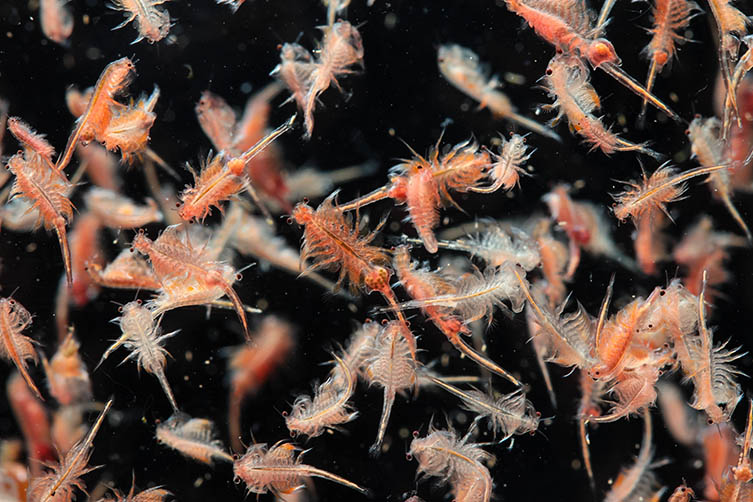
Plankton is important to ocean health. They provide food for many animals and they’re also a carbon sink. © Napat/ Shutterstock
The ocean is a major carbon sink. Any animal with a hard and calcareous skeleton, such as plankton, stores carbon inside its tiny body. These miniscule organisms are powerhouses in the fight against climate change.
But ocean acidification can dissolve their precious skeletons, so it’s vital that we work to stop that.
Richard says, “Thriving calcareous plankton are the natural way of cutting carbon from the atmosphere. If you end up destroying those then you are in trouble.”
Many animals, including whales, also rely on krill and plankton as a food source. Ocean acidification would affect them too. Blue whales, the largest animal on Earth, have grown so because they are able to take advantage of the wealth of krill and plankton in our oceans. If they lost their food source, it’s likely we’d lose them too.
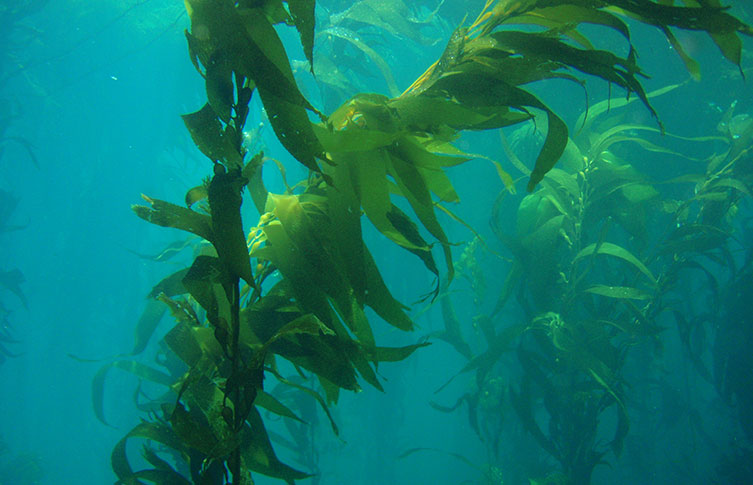
Seaweed could be on everyone’s dinner plates more often in the future. Image © Claire Fackler, CINMS, NOAA via Wikimedia Commons, licensed under CC BY 2.0.
Seaweed could become a staple in our diet. Many seaweeds are grown worldwide without artificial fertilisers or pesticides and they’re a nutritious food, rich in protein. Seaweeds can also be used to feed livestock and as a biological alternative to plastic packaging.
Today, global production is limited by pests and diseases, but our scientists are working to help farmers put more seaweed on our plates.
Plastic isn’t the only source of pollution. Chemicals, light and noise all affect marine life too.
For example, throughout their long lives, whales build up large plugs of wax inside their ear canals. Our whale expert Richard Sabin has analysed this earwax and identified traces of toxins that were once used in pesticides, paints and plastics. Whales eat these toxins and pass them onto their young. The chemicals build up over time and can damage the animals’ immune systems and ability to reproduce.
“Many of these pollutants were banned decades ago but they are very persistent and are still circulating through marine ecosystems. In addition, our studies indicate the effects of other sub-lethal stressors such as ocean noise pollution, which hampers the ability of large whale species to communicate with each other,” explains Richard. “This is particularly important for solitary species like the blue whale who call to each other across large distances to find a mate and social species like killer whales who communicate when they hunt.”
“As apex predators in the ocean, cetaceans play an important role in maintaining the delicate balance of marine ecosystems. Imagine a world where we lose our ocean giants, our resident coastal cetacean communities and the ability to show our children the beauty and extreme diversity of these incredible animals.”
Dead zones in the ocean remain a threat. Protecting this precious resource isn’t an easy matter. The goal is making the whole ecosystem more resilient and more able to cope with change.
Lots of these problems are far bigger than any individual choice. Only collective action can solve them, which requires commitments from governments and business.
However, we can all make a difference by recycling our plastic waste, buying sustainable seafood and reducing our own carbon emissions.

Taking small, actionable steps can have a big impact when it comes to helping the planet.
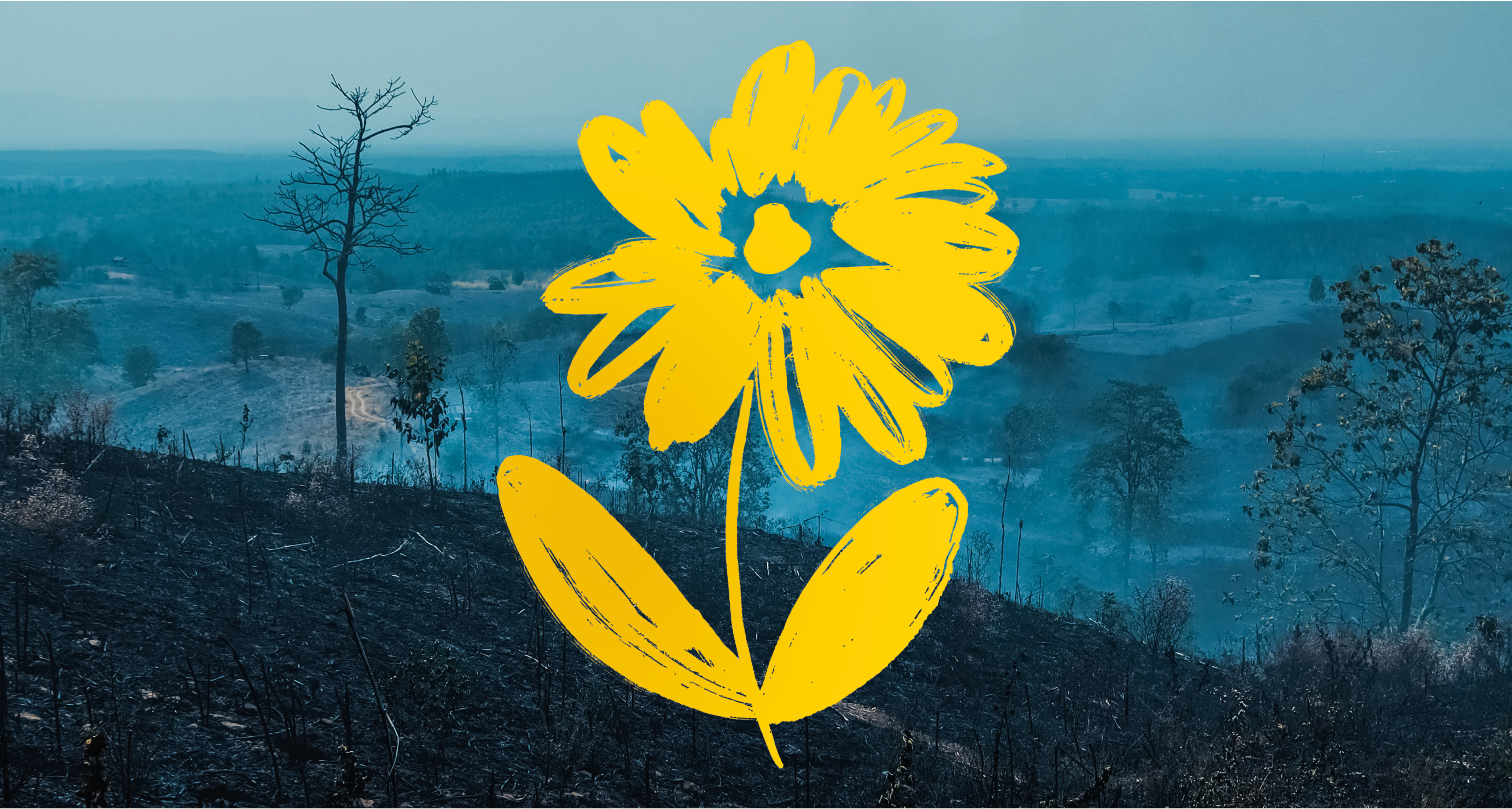
Discover science-backed, hopeful solutions that will help us to create a more sustainable world.
New gallery open now.
Don't miss a thing
Receive email updates about our news, science, exhibitions, events, products, services and fundraising activities. We may occasionally include third-party content from our corporate partners and other museums. We will not share your personal details with these third parties. You must be over the age of 13. Privacy notice.
Follow us on social media